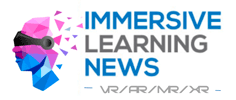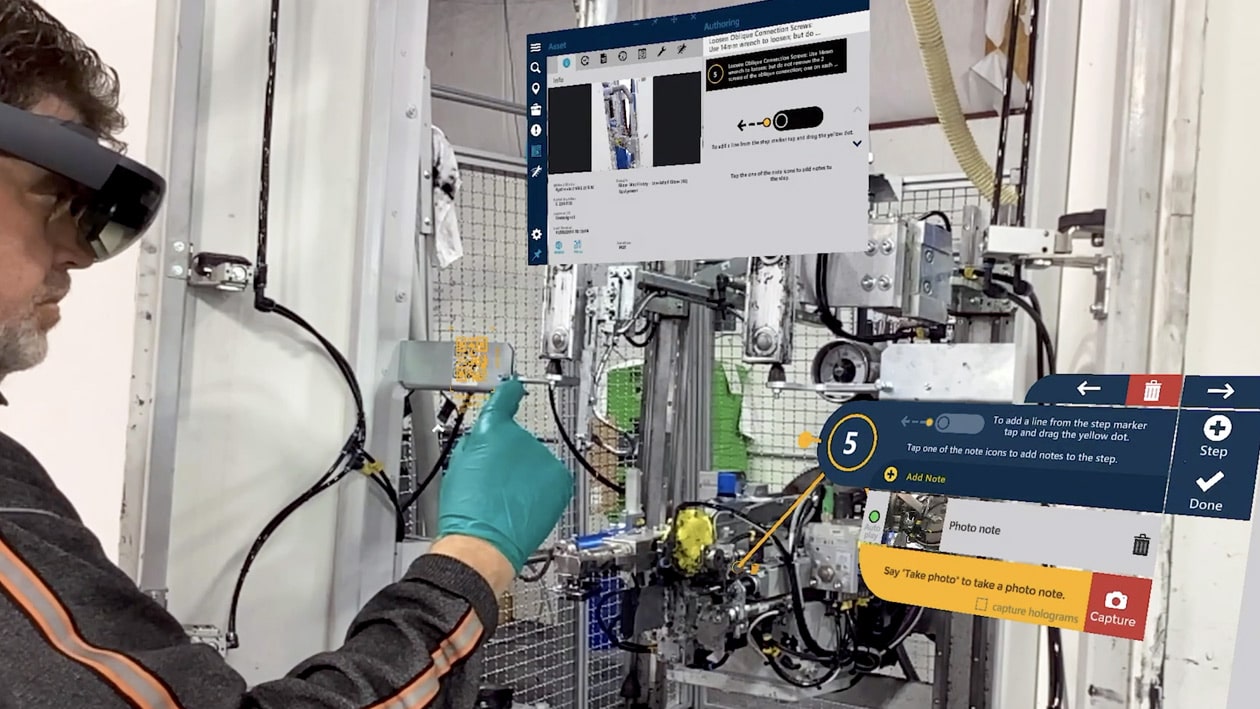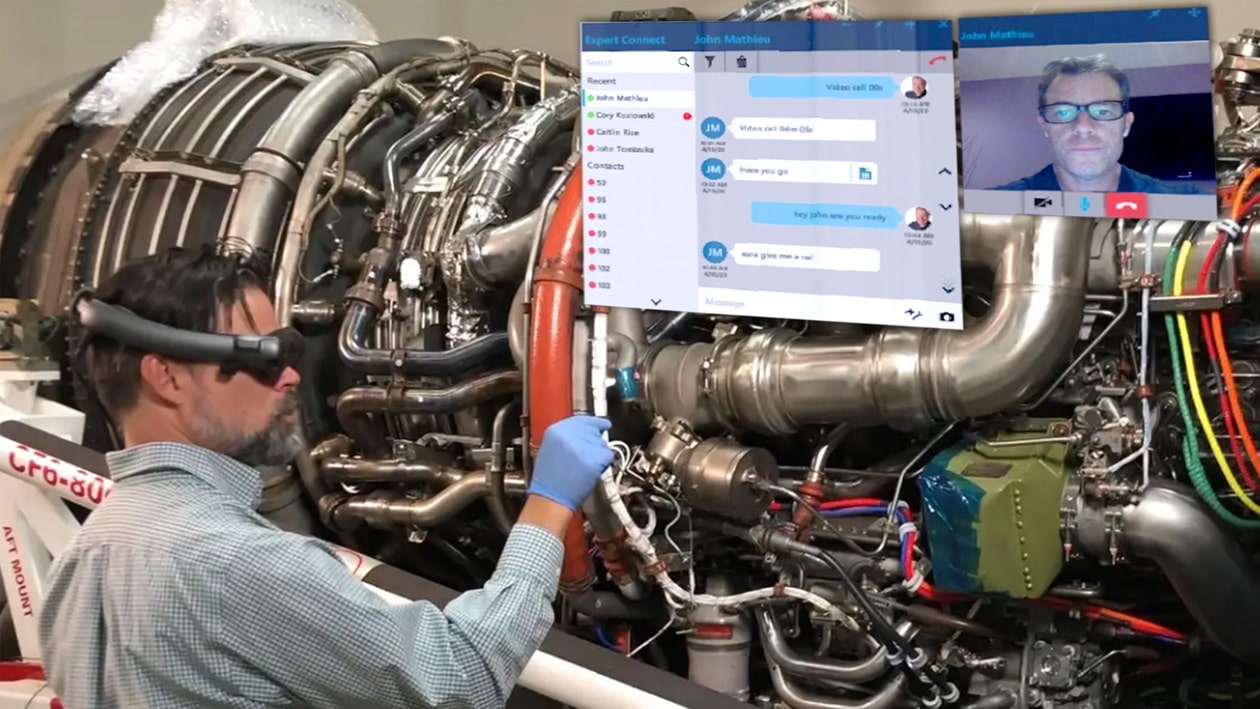In the age of rapid technological advancement, 5G is not merely a buzzword; it’s a transformative force reshaping industries across the spectrum. Among its myriad applications, one of the most impactful is its role in education. This blog will explore how 5G technology is revolutionizing the educational landscape by fostering remote learning and creating immersive virtual labs.
The 5G Revolution in Education
In the wake of global challenges that have disrupted traditional learning models, the education sector is turning to innovative solutions. Enter 5G, the fifth generation of wireless technology, with the potential to redefine how we teach and learn.
1. Unleashing High-Speed Connectivity
Seamless Video Conferencing: 5G’s ultra-fast data speeds and low latency make real-time, high-definition video conferencing a reality. This enhances the quality of virtual classrooms, enabling smoother interactions between educators and students.
Anywhere, Anytime Learning: 5G’s ubiquitous coverage allows students to access educational resources and participate in live sessions from virtually anywhere. This flexibility breaks down geographical barriers, making education accessible to students in remote or underserved areas.
2. Empowering Virtual Labs
Immersive Experiences: Traditional labs often face constraints in terms of resources and accessibility. 5G facilitates the creation of virtual labs with immersive experiences. Students can conduct experiments, manipulate virtual objects, and engage in realistic simulations, enhancing their understanding of complex concepts.
Real-Time Collaboration: Virtual labs powered by 5G enable real-time collaboration among students and researchers, regardless of their physical locations. This collaborative aspect fosters a sense of community and shared learning experiences, akin to traditional in-person labs.
3. Augmented and Virtual Reality in Education
Enhanced Learning with AR and VR: 5G’s low latency is a game-changer for augmented and virtual reality applications in education.
Interactive Simulations: Interactive simulations become more responsive and realistic with 5G, providing students with hands-on experiences that were once limited to physical classrooms. This fosters a deeper understanding of subjects and enhances retention.
Transforming Education for the Future
In conclusion, 5G is not just about faster internet; it’s about redefining the possibilities for education. As we embrace the potential of 5G in remote learning and virtual labs, it becomes clear that we are on the cusp of a new era in education—one where geographical boundaries are erased, and immersive learning experiences become the norm. The journey towards a more connected and accessible education system has just begun, and 5G is the catalyst propelling us into this promising future.
Quelle:





